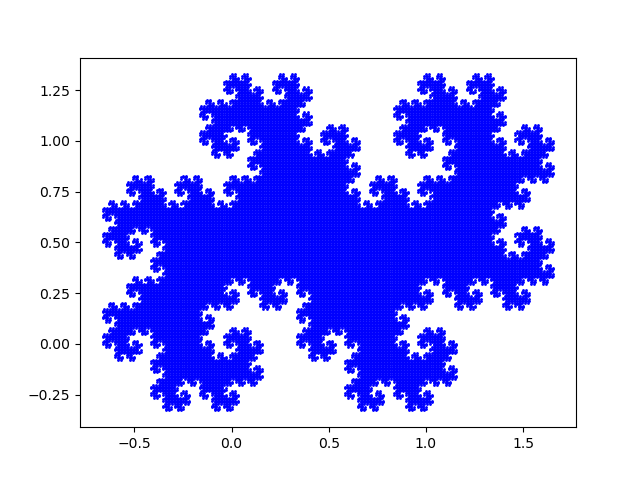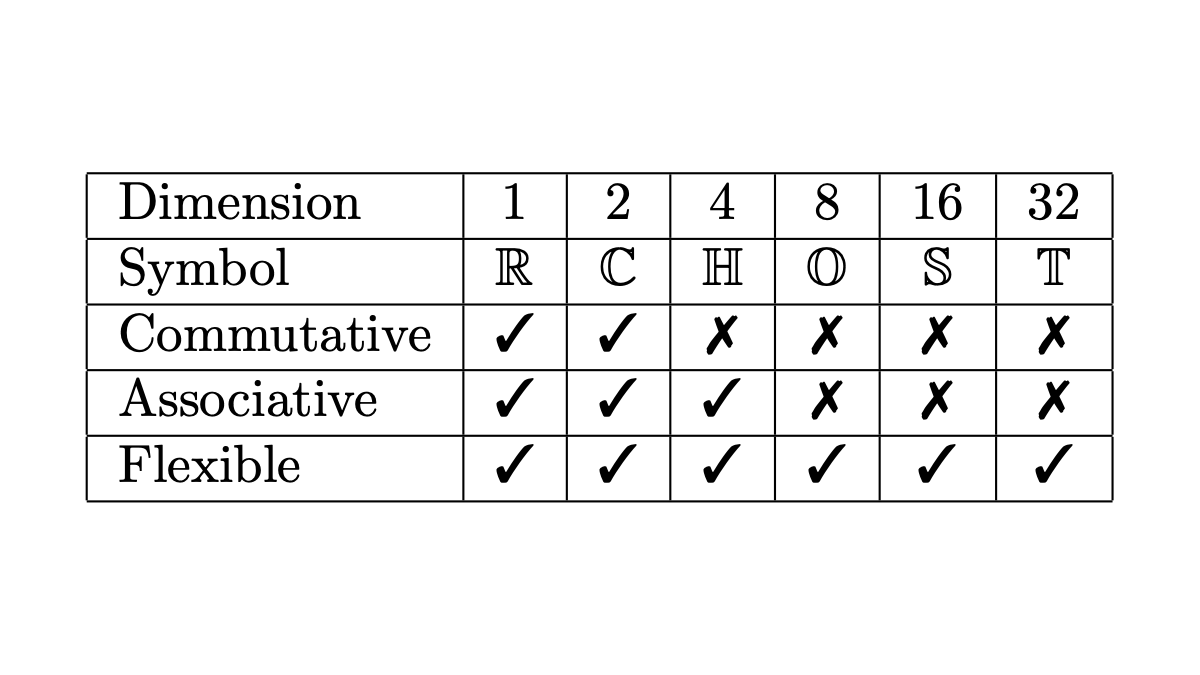Base58 encoding and Base85 encoding are used to represent binary data in a human-friendly way. Base58 uses a smaller character set and so is more conservative. Base85 uses a larger character set and so is more efficient.
There is a gotcha in that “base” means something different in Base58 compared to Base85. More on that below.
Base58
Base58 encoding is primarily used as part of the Bitcoin system. It is part of the Base58Check protocol used for encoding addresses and keys.
Base58 encoding is essentially the same as mathematical base 58 encoding, with a specific character set. The symbols for the “digits” 0 through 57 are chosen to avoid typographically similar letters. We’ll give that character set in the examples below.
There is only one version of Base58 in common use as far as I know, unlike Base85.
Base85
Base85 is a more compact alternative to Base64 encoding. The former encodes 4 bytes in 5 characters while the latter requires 6 characters. Base85 is used inside the PDF format. It is also used in the patch encoding for git.
Base85 encoding is analogous to binary-coded decimal (BCD). In some early computer systems, integers would not be expressed in binary per se. Instead, each digit would be represented as by four bits. So to represent a number like 427, you’d express 4, 2, and 7 in binary: 0100 0010 0111. If you were to express 427 in binary you’d get 110101011.
Base85 breaks bits into 32-bit words, then expresses each word in base 85. So you might say it’s base 85-encoded 32-bit words by analogy to binary coded decimal.
There are variations on Base85 encoding that use different alphabets, and so two software packages that say they do Base85 encoding might produce different results.
Base85 is more efficient than Base58 in the sense that it represents data using fewer symbols. It is also more computationally efficient because each 32-bit word is encoded independently.
Examples
We give four examples below: Base58 and Base85 applied to four bytes of data and eight bytes of data. The data length matters for Base85.
Base58, four bytes
Let n = CAFEBABEhex = 3405691582ten. This is the “magic number” at the beginning of Java class files, a pun on “java” as a slang for coffee.
In base 58 this number would be
5:10:55:3:26:22
We can verify this as follows:
>>> 5*58**5 + 10*58**4 + 55*58**3 + 3*58**2 + 26*58 + 22
3405691582
>>> hex(_)
'0xcafebabe'
The Base58 alphabet is
123456789ABCDEFGHJKLMNPQRSTUVWXYZabcdefghijkmnopqrstuvwxyz
and so the Base58 encoding of 0xCAFEBABE would be the 5th, 10th, 55th, … elements of this alphabet (with zero-based index) which results in 6Bx4TP.
Note that the Base58 alphabet contains the digit 1 but not the letter l. It contains the lower case letter o but not the capital letter 0 or the digit 0. Some of the remaining characters are visibly similar, depending on your font. This post shows how one font makes the Base58 characters more distinct.
Base85, four bytes
Now suppose we want to encode n using Base85. Now we would get
65:20:50:84:67
If we use the alphabet
!"#$%&'()*+,-./0123456789:;<=>?@ABCDEFGHIJKLMNOPQRSTUVWXYZ[\]^_`abcdefghijklmnopqrstu
then the “digits” above become b5Sud.
Note that the Base85 alphabet contains characters that could be confused, such as 0 (zero), O (capital letter), o (lower case letter). The characters were chosen to be printable ASCII characters, not necessarily visually distinct.
Base58, eight bytes
Now suppose n = CAFEBABECAFEBABEhex = 14627333968358193854ten.
We convert n to base 58 to get
33:55:17:43:49:44:3:47:49:44:26
which becomes axJkrm4prmT in the Base58 alphabet.
Base85, eight bytes
To encode CAFEBABECAFEBABEhex in Base85 we do not convert the number to base 85. Instead, we convert each 4-byte word to base 85. So we get two copies of CAFEBABEhex and so the encoding is b5Sudb5Sud.
If we were to wrongly convert n to base 85, we’d get
63:13:1:27:77:35:57:62:38:49
which becomes `."<nDZ_GR which is not the correct encoding.
Related posts


